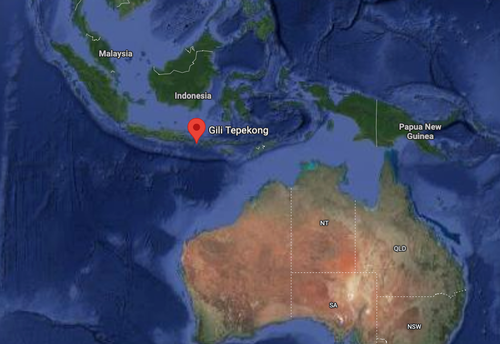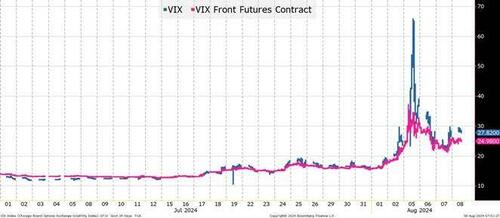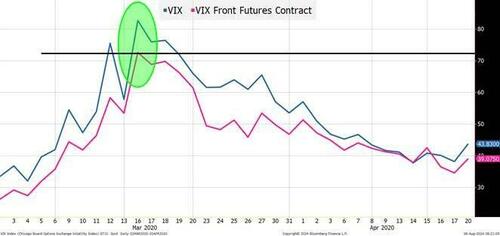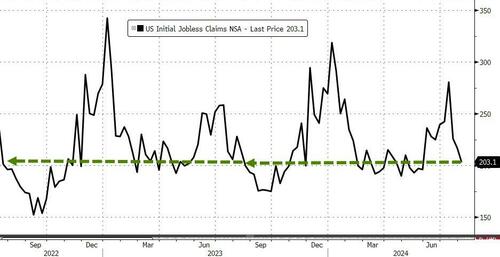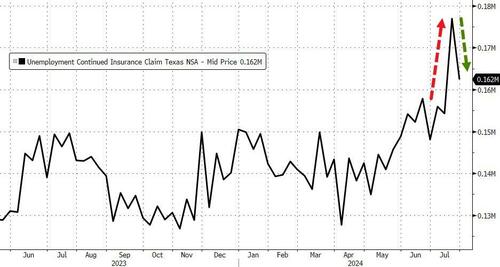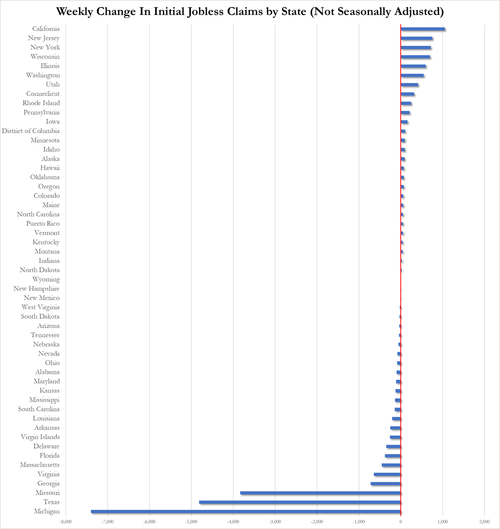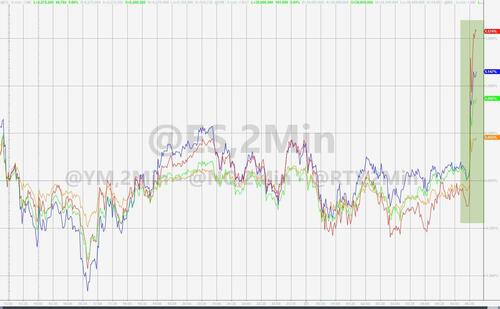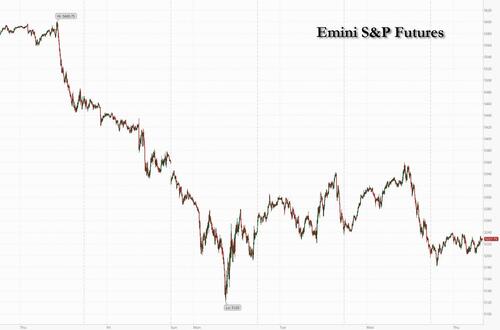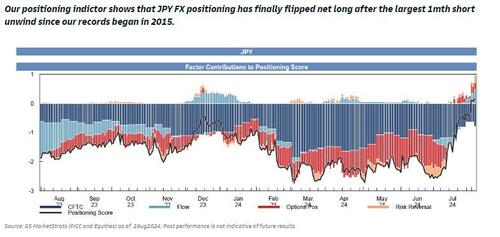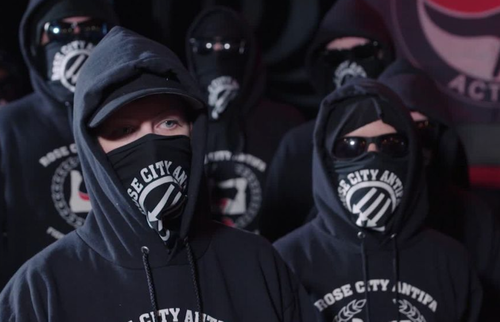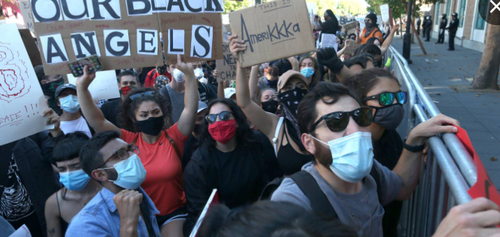The Justice Department Makes The Case Against Hunter Biden (And Itself In California)
Special Counsel David Weiss appears to have finally made the long-awaited case exposing years of concealment and political corruption.
No, it is not the case against Hunter Biden. The allegations of tax fraud in California are obvious and unavoidable.
Weiss just made the case against the Justice Department and himself in protecting Hunter Biden from the most damaging charges of being an unregistered foreign agent. In a new filing, Weiss released evidence on Hunter taking money to advance the interests of a Romanian on United States policy.
I have previously testified on the Foreign Agents Registration Act and have previously written about the disturbing disconnect in the treatment of the President’s son as opposed to figures like Paul Manafort.
The charge was always one of the greatest fears of the White House. If Hunter Biden was a foreign agent, it would magnify the influence peddling scandal and further link his conduct to work of his father as vice president and later president.
What was previously known about millions received from China, Russia, and other countries made such a charge obvious. In the past, the Justice Department has used the charge early and often in high-profile cases to pressure defendants and force cooperation or plea agreements.
The reason is the definition:
A “foreign agent” is defined as “(1) any person who acts as an agent, representative, employee, or servant, or any person who acts in any other capacity at the order, request, or under the direction or control, of a foreign principal or of a person any of whose activities are directly or indirectly supervised, directed, controlled, financed, or subsidized in whole or in major part by a foreign principal, and who directly or through any other person— (i) engages within the United States in political activities for or in the interests of such foreign principal; (ii) acts within the United States as a public relations counsel, publicity agent, information-service employee or political consultant for or in the interests of such foreign principal; (iii) within the United States solicits, collects, disburses, or dispenses contributions, loans, money, or other things of value for or in the interest of such foreign principal; or (iv) within the United States represents the interests of such foreign principal before any agency or official of the Government of the United States; and (2) any person who agrees, consents, assumes or purports to act as, or who is or holds himself out to be, whether or not pursuant to contractual relationship, an agent of a foreign principal as defined in clause (1) of this subsection.”
For years, I have expressed alarm at the special treatment afforded to Hunter Biden on the charges. Many of us have also criticized Weiss for allowing the most serious tax charges to expire despite being able to extend the statute of limitations. He has yet to offer a compelling reason why prosecutors would ever allow viable felony charges to expire when they could have extended that period.
Now, Biden is seeking to avoid conviction under the tax charges in California. He is repeating the claims that failed in his recent gun violation. He is claiming that he was an addict and not responsible for his criminal conduct, even though he was flying around the world collecting millions from foreign sources.
To rebut that claim, Weiss’ team said they plan to introduce evidence showing his sophisticated scheme to tap foreign sources interested in influencing the government and federal policy.
In the filing below, Weiss opposes the Biden team effort to exclude the evidence of working for the Romanians. the allegation in Biden’s federal tax case next month. The office revealed the information about the unnamed businessman in a filing that urged the court to reject Biden’s request to omit certain evidence that he believes is prejudicial against him.
Senior assistant special counsel Derek Hines writes in the filing that “[t]he evidence of what the defendant agreed to do and did do for [the businessman] demonstrates the defendant’s state of mind and intent during the relevant tax years charged in the indictment. It is also evidence that the defendant’s actions do not reflect someone with a diminished capacity, given that he agreed to attempt to influence U.S. public policy and receive millions of dollars pursuant to an oral agreement.”
That sounds a lot like the work of a foreign agent. Here is the language from FARA:
“The first category of evidence the defendant seeks to exclude is any “reference to allegations that Mr. Biden (1) acted on behalf of a foreign principal to influence U.S. policy and public opinion . . .” Motion at 3 (emphasis added). The government does not intend to reference allegations at trial. Rather, the government will introduce the evidence described above, including that the defendant and Business Associate 1 received compensation from a foreign principal who was attempting to influence U.S. policy and public opinion and cause the United States to investigate the Romanian investigation of G.P in Romania.” (emphasis added)
The other foreign dealings reportedly involved Hunter reaching out to government officials while his father was vice president. That includes the controversy over Joe Biden sudden decision to issue an ultimatum to the Ukrainian government.
In a 2018 interview at the Council on Foreign Relations, Biden bragged that he unilaterally withheld a billion dollars in US aid from the Ukrainians to force them to fire prosecutor general Viktor Shokin.
The Ukrainians balked, but Biden gave them an ultimatum: “I looked at them and said, ‘I’m leaving in six hours. If the prosecutor is not fired, you’re not getting the money.’ Well, son of a bitch. He got fired.”
However, a State Department memo is shedding disturbing light on that account and shredding aspects of Biden’s justification for the action. It directly contradicts Biden’s insistence that he took this extraordinary stand because there was little hope for the anti-corruption efforts in Ukraine if Shokin remained prosecutor.
The Oct. 1, 2015, memo summarizes the recommendation of the Interagency Policy Committee that was handling the anti-corruption efforts in Ukraine: “Ukraine has made sufficient progress on its reform agenda to justify a third guarantee.” One senior official even complimented Shokin on his progress in fighting corruption. So Biden was told to deliver on the federal aid but elected to unilaterally demand Shokin be fired.
In testimony from Devon Archer, a business associate of Hunter Biden, we learned that Burisma executives made the removal of Shokin a top priority and raised it with Hunter. He described how the need to neutralize Shokin was raised with Hunter and how “a call to Washington” was made in response. While Archer also said that “the narrative spun to me was that Shokin was under control,” he and others also heard concerns over Shokin and the risks of the investigation.
Other transactions directly requested intervention on matters being addressed by the Obama-Biden Administration.
So, now, the Justice Department is citing some of these dealings to show a conscious and premeditated effort to shake down foreigners to influence U.S. policy.
They have made more than the case against Hunter Biden.
They have made a conclusive and overwhelming case against themselves in slow walking and minimizing charges against the President’s son.
Here is the filing: gov.uscourts.cacd.907805.181.0
Tyler Durden
Thu, 08/08/2024 – 11:00
via ZeroHedge News https://ift.tt/LuxX6AI Tyler Durden

